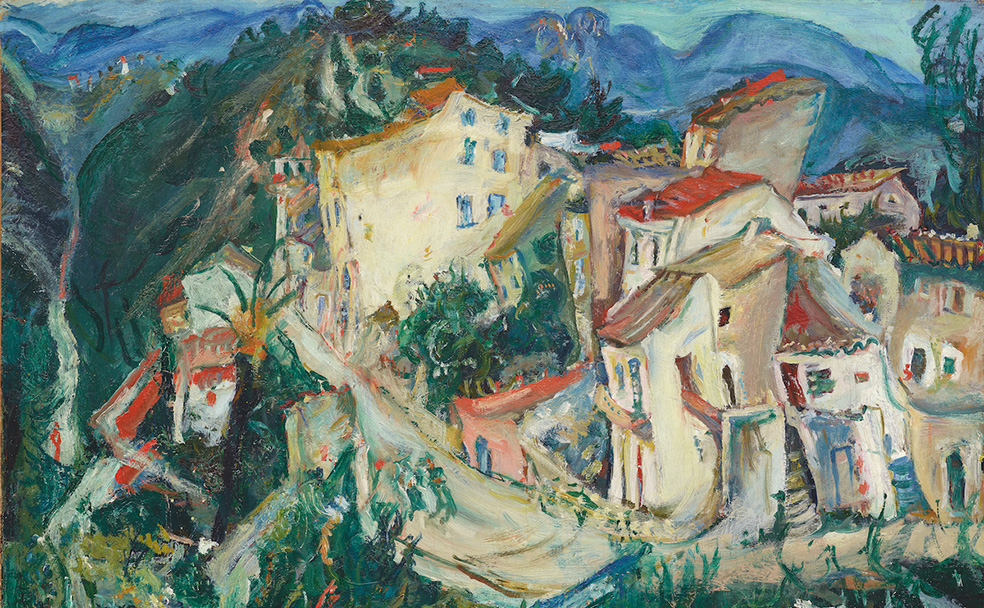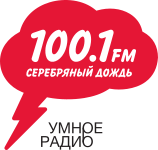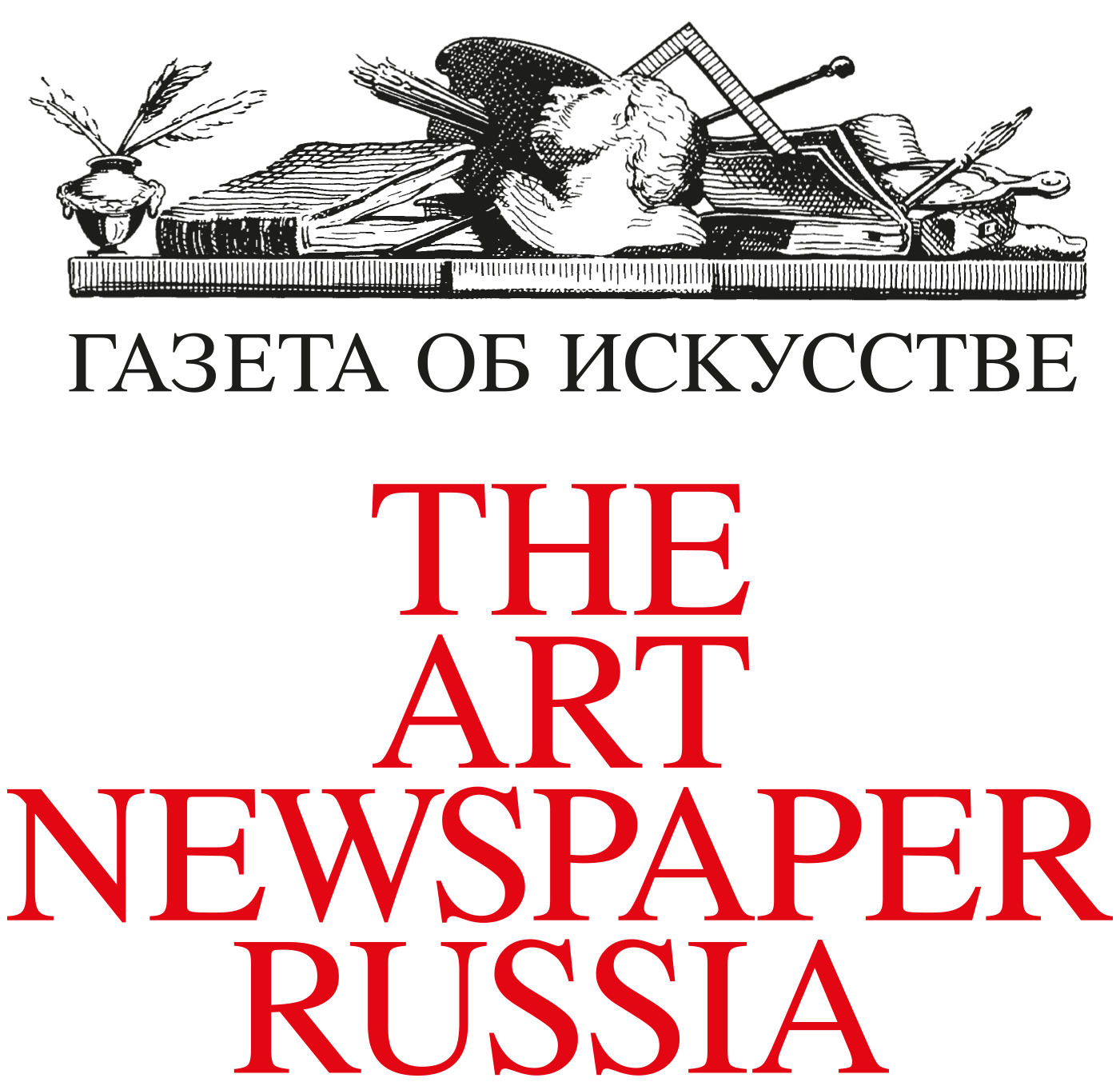Soutine’s paintings are suffused with the spirit of 17th-century French painting and show a clear admiration for Rembrandt’s art. According to exhibition curator Suria Sadekova, the artist possessed a unique ability to discern the main revolutionary ideas of different schools and epochs: Chardin was important to him for his revolution in the still-life genre, Fragonard for his “tactile” brushstrokes, and Poussin for his harmony of composition, complex drama and pure colour. And he was certainly dazzled by Rembrandt, who united a sense of the divine with material objectivity and made painting tangible without depriving it of its magic.
The incredible expressiveness of Soutine’s paintings and his dramatic palette inspired subsequent generations of American and British artists. Francis Bacon, Frank Auerbach, Jackson Pollok, and Mark Rothko all studied Soutine's artistic technique and his unique manner of superimposing paints on canvas, composing colours layer by layer, accumulating them, combining them into a single ensemble, and turning the agglomeration of numerous colour layers into sensual and hyperemotional painting. “The artists and art critics of postwar New York considered him to be a visionary and a pioneer of a new art movement and the forerunner of de Kooning and Pollock. The latter reread Soutine’s work by blowing it up and bringing it closer without contorting it. From this standpoint, Soutine’s art was abstract in its details, while the huge canvases of abstract expressionists were close-ups of it,” says Claire Bernardi, curator at the Musée d'Orsay.
“Soutine’s work is based on European art, mostly French and Dutch. Nevertheless, Soutine was an innovator: his artistic career was unique among contemporary European painters. He simultaneously explored European culture, studied the history of painting, and created his own language and style. It was his authenticity, primitiveness and even naïveté that had not been tarnished by the history of visual art, and overt emotionality that appealed to American artists. The emotional language of Soutine the neophyte was closer to them than the complex language of European artists that had centuries of civilization behind them. For American artists, he seemed to be one of them, showing them the shortest way of understanding European art and helping them to choose their own artistic approach. Soutine managed to grasp the direction in which one needed to think and work without turning into a slave of such knowledge. Full of fears and complexes in life, he was absolutely free in his work,” says Suria Sadekova, the Russian curator of the exhibition.
The exhibition “Chaïm Soutine. Retrospective” is yet another example of the close partnership that has arisen between Russian and French museums in recent years. Although The Pushkin State Museum of Fine Arts and the Musée d'Orsay have been connected by strong ties for many years, the Soutine exhibition is their first major joint project and the first joint work between curators from the two museums. “With this exhibition, we have opened a new chapter in the history of our museum: it is the beginning of a new stage of cooperation and scholarly interaction with our longtime partner, the Musée d'Orsay. We intend to develop and deepen our collaboration in different fields, not just joint exhibition projects,” says Marina Loshak, Director of The Pushkin State Museum of Fine Arts.
“Thanks to the farsighted acquisitions of the art dealer and collector Paul Guillaume, the Musée de l'Orangerie has an outstanding collection of Chaïm Soutine’s works today. It is the biggest collection in the world along with the collection of the Barnes Foundation in Philadelphia. It is therefore no surprise that The Pushkin Museum joined forces with the Musée d’Orsay and the Musée de l’Orangerie to hold the first large-scale exhibition of the artist’s work in Russia. The result of this cooperation is the exclusive loan of 20 works from the Musée de l’Orangerie to the exhibition and the joint work of curators from our two museums,” noted Laurence des Cars, Director of the Musée d’Orsay, in her preface to the exhibition catalogue.
The exhibition includes over 60 works: paintings by Soutine himself, canvases by old masters that influenced him, and works by contemporary artists that were inspired by his art.
Russian viewers will get to see masterpieces of classical, modern and contemporary art from such major French museums as the Musée de l’Orangerie, the Centre Pompidou, the Musée d'Art Moderne de la Ville de Paris, the Louvre and the Musée de Picardie. The exhibition also includes works from the Beyeler Foundation in Switzerland with an early abstract painting by Mark Rothko and a 1969 painting by Francis Bacon and the Tate Gallery in England with paintings by the outstanding contemporary British artist Frank Auerbach. In addition, it presents over 20 works from first-rate Russian private collections, some of which are quite well known: “Carcass of Beef” (1924), “Siesta” (1934), “Woman Entering the Water” (ca. 1931) and “Chicken Hanging against a Brick Wall” (ca. 1927).
Taking up several rooms of the Main Building of The Pushkin State Museum of Fine Arts, the exhibition consists of three sections: Portrait, Still Life, and Landscape. In each section, visitors will see paintings by Soutine himself, canvases by old masters, and works by outstanding contemporary artists.
A catalogue raisonné has been published for the exhibition. Original articles for the catalogue were written by Claire Bernardi (joint curator of the exhibition “Chaïm Soutine. Retrospective”), Sophie Krebs (chief curator of the Musée d'Art Moderne de la Ville de Paris), and Sylvie Patry (chief curator of the Barnes Foundation during the preparation of the exhibition and currently chief curator of the Musée d’Orsay).
A major educational programme will accompany the exhibition.
Visitors can use a free audio guide that is available on the IZI.travel application.
Exhibition curators:
Claire Bernardi, curator at the Musée d’Orsay
Suria Sadekova, Head of the Department of Educational and Exhibition Projects, The Pushkin State Museum of Fine Arts














